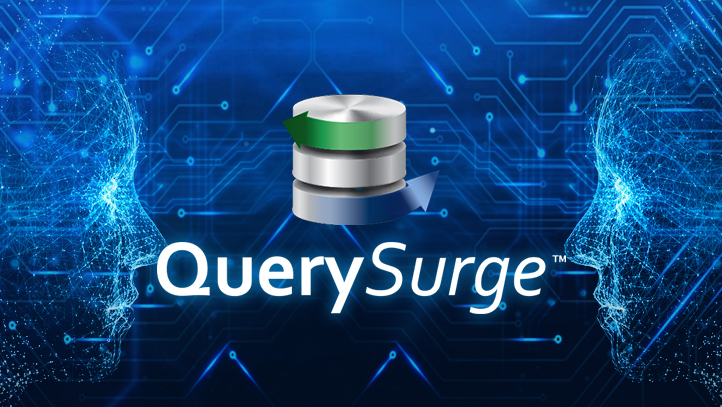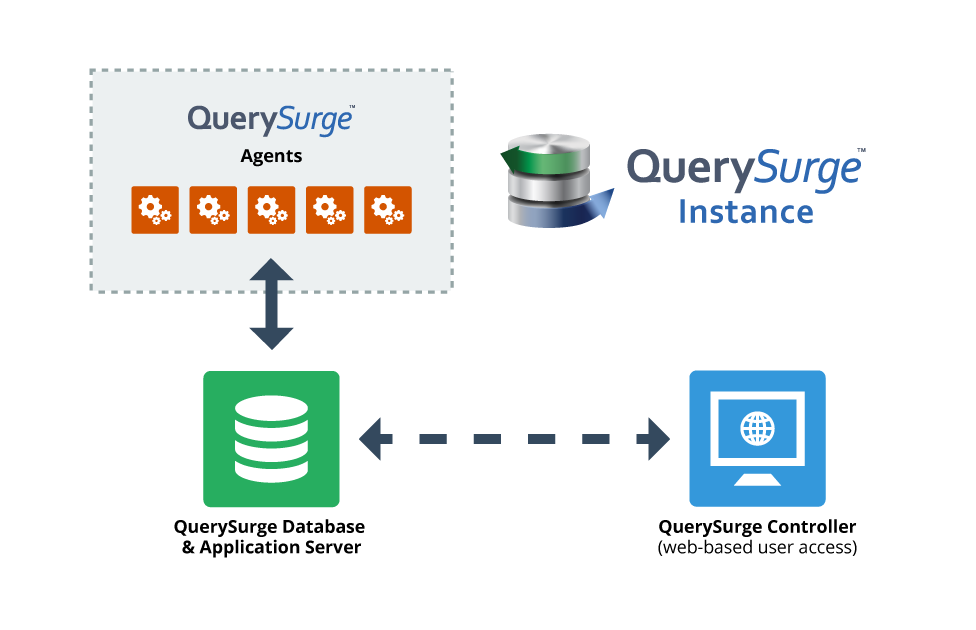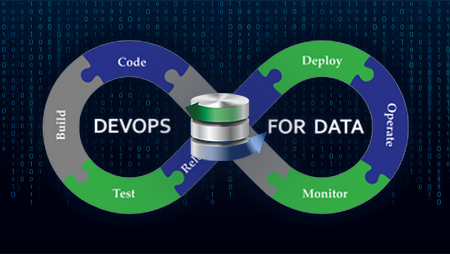For details on any topic above, visit:
QuerySurge Knowledge Base.
It’s our official online support and documentation hub, providing comprehensive, searchable resources to help users configure, manage, and optimize QuerySurge.

Secure. Scalable. Purpose-Built for Data Validation.
QuerySurge is an enterprise-grade data validation and ETL testing solution designed to run entirely within your environment — on-premises, virtualized, or in private cloud.
Your data never leaves your infrastructure, ensuring complete control and compliance.

(To expand the sections below, click on the +)
Core Architecture
QuerySurge’s Web architecture is built around three key components:

Users, Projects, and Access Control
Accessible through modern browsers, QuerySurge provides secure, role-based access:
Projects isolate assets, results, and connections so that multiple teams can share one instance without cross-visibility.

Flexible Deployment Options
Install QuerySurge on a single server or distribute components across multiple machines to scale performance.

Operating Systems and Requirements

Connectivity Across the Data Landscape
QuerySurge connects to 200+ data sources, including:

Enterprise-Level Security

Enhanced Integration and Optimization
